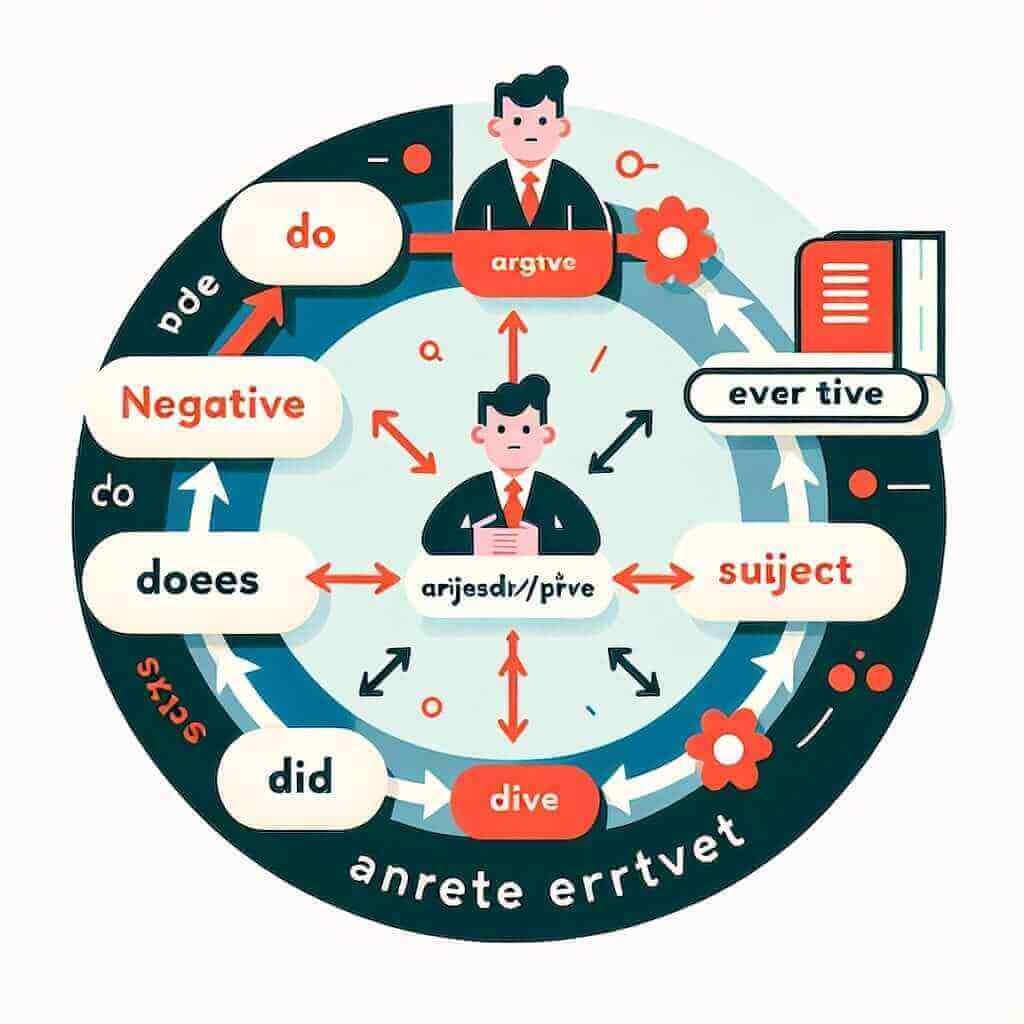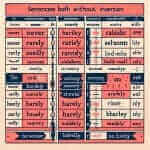You might have encountered the sentence “Rarely does she make mistakes” and wondered about the unusual word order. This structure, while grammatically correct, can seem a bit out of place for English learners. In this article, we’ll delve into the grammar behind this sentence and explore similar constructions, equipping you with the knowledge to boost your IELTS score.
Here are some examples of how this grammatical structure can appear in different sections of the IELTS exam:
- Speaking Part 2: “Describe a time you witnessed someone performing a skill flawlessly.” You might say: “Rarely had I seen such precision and dexterity in a live performance.”
- Writing Task 1 (describing a graph showing a decline in errors): “The data illustrates a significant downward trend in manufacturing defects. Seldom have error rates been so low.”
- Writing Task 2 (arguing that experience reduces mistakes): “It is through consistent practice and accumulated knowledge that we minimize errors. Rarely does true expertise come without a history of trial and error.”
Let’s analyze one of these examples:
- “Rarely had I seen such precision and dexterity in a live performance.”
This sentence uses the past perfect tense (“had seen”) after the adverb “Rarely” and inverts the subject (“I”) and the auxiliary verb (“had”). This emphasizes the rarity of the event and adds a touch of formality and sophistication to your language.
Delving into “Negative Inversion”
The sentence “Rarely does she make mistakes” uses a grammatical construction called negative inversion. This structure is used for emphasis and stylistic effect, often in formal or literary writing and speaking.
How Negative Inversion Works
- Trigger Word: The sentence starts with a negative adverb or adverbial phrase (e.g., rarely, seldom, never, not only, under no circumstances).
- Inversion: The subject and auxiliary verb are inverted, similar to how we form questions. If no auxiliary verb exists, “do/does/did” is added.
- Main Verb: The main verb follows in its base form.
The Formula
Here’s the structure in a nutshell:
<Negative Adverb/Phrase> + <Auxiliary Verb (or do/does/did)> + +
 Negative Inversion Formula
Negative Inversion Formula
Applying Negative Inversion in IELTS
Understanding and using negative inversion can significantly enhance your IELTS performance, demonstrating a high level of grammatical range and accuracy.
Writing Task 1
- Standard: Exports rarely exceeded imports during this period.
- Inversion: Rarely did exports exceed imports during this period.
Writing Task 2
- Standard: Governments should not only invest in renewable energy but also promote energy conservation.
- Inversion: Not only should governments invest in renewable energy, but they should also promote energy conservation.
Speaking
- Standard: I have seldom felt so motivated to achieve my goals.
- Inversion: Seldom have I felt so motivated to achieve my goals.
Mastering Inversion for Higher Bands
Using negative inversion effectively allows you to:
- Showcase grammatical range: Demonstrating control over complex grammatical structures contributes to a higher score in grammatical range and accuracy.
- Enhance lexical resource: Negative adverbs like “rarely” and “seldom” showcase a broader vocabulary.
- Improve cohesion and coherence: Using inversion can create a more formal and academic tone, linking ideas more effectively.
Common Errors to Avoid
- Incorrect Verb Form: Ensure the main verb remains in its base form after the inverted subject and auxiliary verb.
- Overuse: While effective, use inversion sparingly. Too much can sound unnatural and forced.
- Informal Context: Avoid negative inversion in informal writing or speaking, as it might seem out of place.
Conclusion
Negative inversion, while seemingly complex, can be a valuable tool to elevate your IELTS writing and speaking. By understanding its structure, practicing its application, and being mindful of potential pitfalls, you can confidently incorporate this sophisticated grammatical structure into your IELTS responses and achieve a higher band score. Remember to practice regularly with sample IELTS questions and familiarize yourself with a variety of negative adverbs and their usage.


